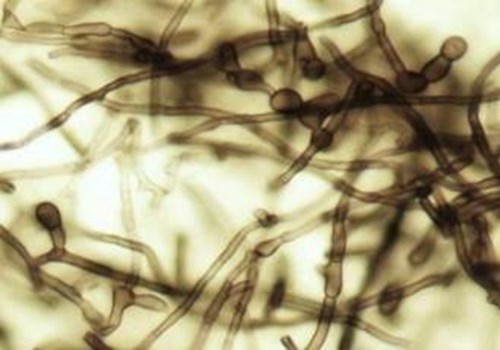NCPF in research: New species responsible for black grain mycetoma identified

Phylogenetic analyses of 31 isolates that were historically classified as Madurella greisea has given rise to the identification of a new species. The clinical isolates from two international collections were all associated with cases of black-grain mycetoma infection in humans.
Eumycetoma is a chronic fungal infection, usually of the limbs, which causes subcutaneous swelling. If left untreated the infection can lead to the destruction of deeper tissue layers, resulting in deformity and loss of use. Endemic in several areas including India, Indonesia and parts of Africa, and South and Central America, infections are due to the inoculation of saprophytic fungi following trauma.
The clinical isolates in this study were analysed in a number of ways including morphological examination, by molecular methods, sequence analyses and phylogenetic analyses. In addition, minimum inhibitory concentrations (MICs) for a range of antifungals were also determined. The majority of isolates from the two collections were easily speciated and corresponded to known agents of eumycetoma. Six isolates however did not produce conidia, a means of asexual reproduction, which is typically seen with Madurella greisea. The six isolates were subsequently shown to be related to the family Pleosporales. Five of these isolates were >99% identical and have been reclassified as Emarellia grisea; the sixth isolate is a sister species Emarellia paragrisea.
Microscopic (main picture) and colonial (below) appearance of Emarellia grisea (NCPF 7066)

The six strains of Emarellia spp described in this paper have similar antifungal susceptibility profiles displaying low MICs with amphetotericin, itraconazole and voriconazole and high MICs with caspofungin. It is hoped that the identification of this new species and associated antifungal MICs will be of use in the Indian subcontinent where all of the clinical isolates originated from.
The NCPF collection will be updated in the summer of 2017. As well as including this new species, a number of other interesting strains will also become available. Keep up to date with new NCPF fungal strains by signing up to NCPF news and following us on Twitter @thencpf.
Reference
Links
